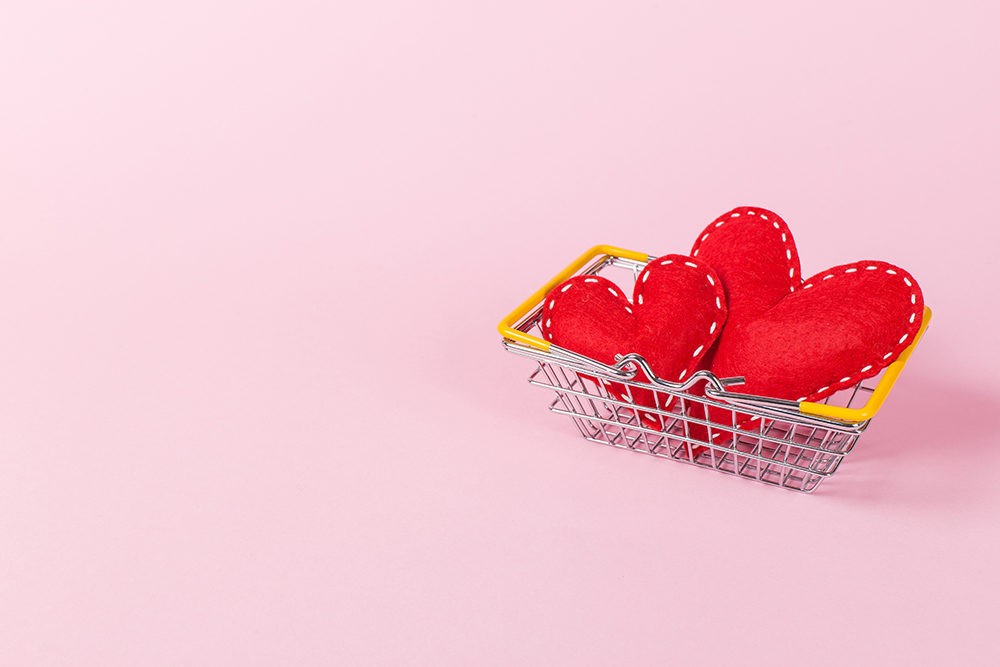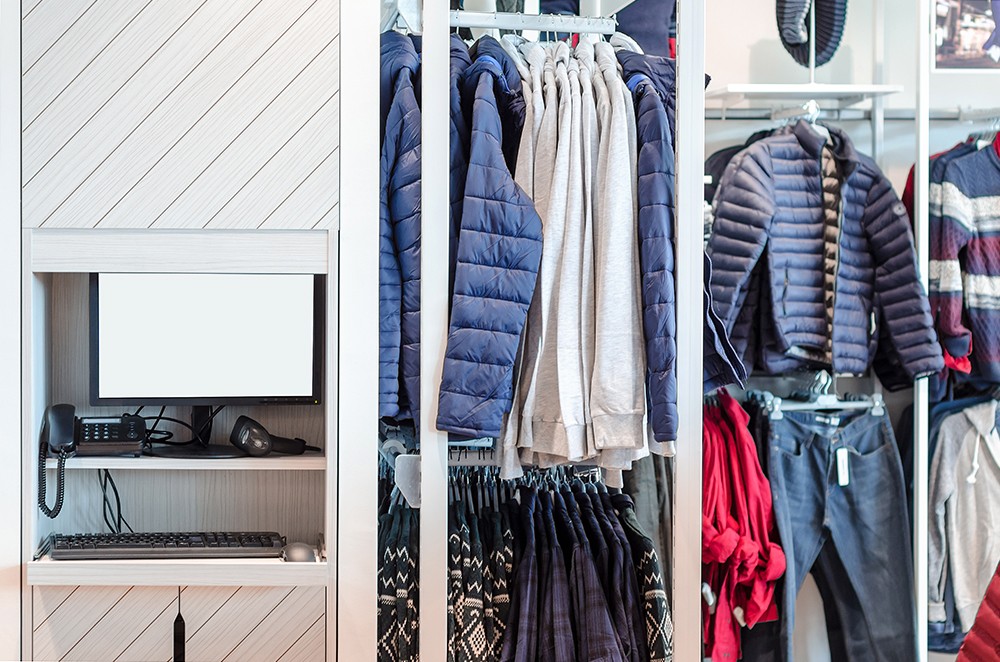
Much for retailers to love this Valentine’s Day
Love is in the air and retailers are set to reap the rewards, with the National Retail Federation predicting consumers will continue their confident spending in the lead-up to Valentine’s Day next week.
Research by the NRF indicates celebrating this year’s big day of romance is tipped to hit record highs, with individuals spending an average of $196.31 each and $27.4 billion collectively.
Here’s how that is anticipated to play out.
Big spending
The NRF is tipping record-breaking Valentine’s Day expenditure in 2020, with the anticipated $27.4 billion total up 32 per cent on last year’s previous record of $20.7 billion.
Individually shoppers are predicted to spend $196.31 each, up 21 per cent on the $161.96 they spent last year.
Reasons for the increased spending include high consumer confidence and the fact more people are buying for friends, family, co-workers, and pets when it comes to spreading the love.
“The increase in total spending comes as the number of people celebrating Valentine’s Day returned to 55 per cent, about average for the past decade, after a dip to 51 per cent last year,” the NRF noted.
Splashing out on significant others
While many will purchase a token of appreciation for friends or family, the majority of spending will be splashed out on spouses and significant others.
An average of $101.21 will go towards purchasing gifts for people’s nearest and dearest. That’s up from $93.24 in 2019.
An average of $30.19 will be spent on family members other than spouses; $14.69 on friends; $14.45 on children’s classmates and teachers; $12.96 on co-workers; $12.21 on pets; and $10.60 on others.
Meanwhile, the biggest spenders will be those aged 35-44. They intend to fork out an astounding $358.78 on Valentine’s Day gifts.
Just behind them are the high-earning 25-34-year-olds who will spend $307.51, while those aged 18-24 plan to spend an average $109.31.
And, as is historically the case, men intend to spend more than women – almost three times as much – with men averaging $291.15 compared to women who average $106.22.
Valentine’s gifts by expenditure

Jewelry will command the biggest expenditure with 21 per cent of shoppers indicating they plan to buy jewelry to the collective value of $5.8 billion.
Next up is an evening out where $4.3 billion worth of cash will be directed. A third (34 per cent) of people said they’re planning on heading out on Valentine’s Day to celebrate in a romantic style.
A further $2.9 billion will be spent on clothing (given by 20 per cent), $2.4 billion on candy (given by 52 per cent), $2.3 billion on flowers (given by 37 per cent), $2 billion on gift cards (given by 9 per cent) and $1.3 billion on greeting cards (given by 43 per cent).
Experiential gifts will also be highly sought after, with 41 per cent of people indicating they would like to receive an experience such as tickets to an event or a trip to a spa.
Twenty-eight per cent of people are planning on making those dreams come true, indicating that’s the item they will be buying.
Where people will shop
The most popular shopping destination for Valentine’s Day remains department stores, which will be visited by 36 per cent of consumers.
Discount stores and online then tied as the next most popular destination of choice for shoppers at 32 per cent. Specialty stores will be frequented by 19 per cent of shoppers, 17 per cent will visit florists, 15 per cent will patronize local small business, 11 per cent will shop at clothing stores and a further 11 per cent will head to jewelry shops.
Positive sentiment
NRF President and CEO Matthew Shay explained both retailers and consumers had much to be positive about this year.
“Valentine’s Day is a sentimental tradition, but gift-giving can be driven by the economy,” he said.
“Consumers spent freely during the 2019 winter holidays and they appear ready to do the same in the new year.
“The same strong employment numbers and higher wages that boosted holiday sales should make it easier to spend a little extra to say ‘I love you’ this year and to spread the gift-giving beyond just your significant other.”


